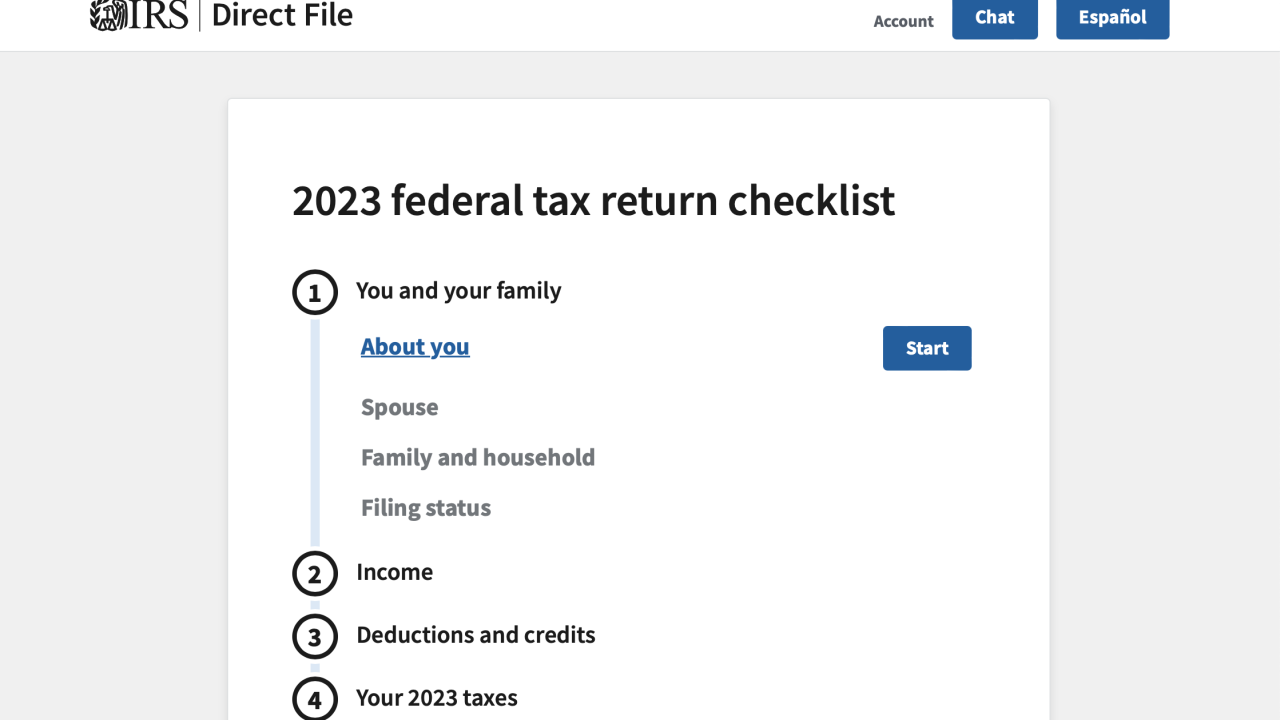There is an additional standard deduction for those who don’t qualify to itemize their tax deductions, but who do pay state or local real estate taxes, according to the Internal Revenue Service. This deduction is available for the 2008 and 2009 tax years.
Here are six things you need to know about the additional standard deduction for real estate taxes:
1. The additional deduction amount is equal to the amount of real estate taxes paid. The amount can be up to $500 for single filers or up to $1,000 for joint filers.
2. The taxes must be imposed on you.
3. You must have paid the taxes during your tax year.
4. The taxes must be charged uniformly against all property in the jurisdiction and must be based on the assessed value. Many states and counties also impose local benefit taxes for improvements to property, such as assessments for streets, sidewalks and sewer lines. These taxes usually cannot be deducted.
5. Real estate taxes paid on foreign or business property do not qualify for the increased standard deduction.
6. You must file a Form 1040 or 1040A to claim the additional deduction. When claiming the additional standard deduction for real estate taxes, be sure to check the box on line 39c of Form 1040 or line 23c of Form 1040A.
For more information, see Form 1040 or 1040A Instructions. The instructions can be downloaded at IRS.gov or ordered by calling (800) TAX-FORM.





